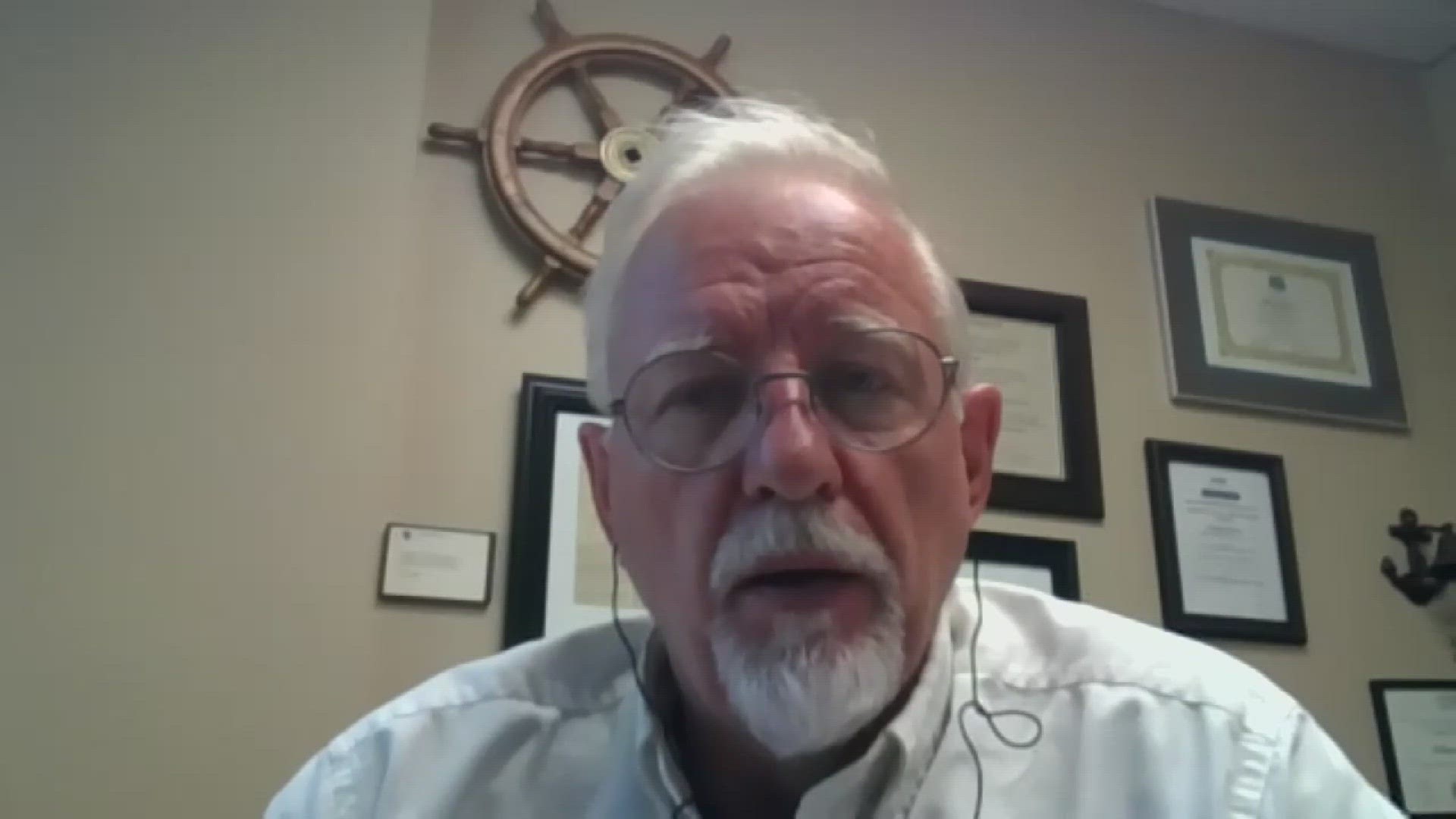SEATTLE — The safety of the Titan submersible that went missing near the Titanic's wreckage in the Atlantic Ocean was previously challenged in U.S. District Court.
Court documents show that a former employee sued Everett-based OceanGate in 2018 claiming he was wrongfully terminated after he pointed to the “potential danger to passengers of the Titan as the submersible reached extreme depths."
The employee alleged safety concerns at OceanGate were ignored, specifically the "potential danger to passengers of the Titan as the submersible reached extreme depths."
"The constant pressure cycling weakens existing flaws resulting in large tears of carbon. Non-destructive testing was critical to detect such potentially existing flaws in order to ensure a solid and safe product for the safety of the passengers and crew," the former employee wrote in the lawsuit.
That case was settled outside of court.
On Tuesday, that former employee’s attorney told KING 5 in an email the firm has “no comment,” but that they “pray for everyone’s safe return.”
Committee chair warned of the dangers
Earlier in 2018, a letter of concern from the Marine Technology Society Committee on Submersibles was drafted but never sent to CEO Stockton Rush. William Kohnen, who is the chair of the committee, wrote the letter and did have a phone call with Rush.
"As your brothers in arms in this industry, we think this is very risky, the path you're taking,” Kohnen recalled saying.
Kohnen said there are no laws requiring a submersible to be certified and the Titan was not going through that process.
"Today, there are ten submarines in the world that go 4,000 meters or deeper. They're all around the world and all are certified, with the exception of the Titan," said Kohnen.
KING 5 asked Kohnen if he believed there would be a different outcome if OceanGate had gone through the certification process.
"There's a consensus in the industry that some of this could have been preventable,” said Kohnen.
The search continues
The U.S. Coast Guard is leading the search for the submersible that was set to take adventure tourists to the wreck of the Titanic.
The vessel, Titan, lost contact with the surface Sunday approximately 900 miles off the coast of Cape Cod and there is only a limited amount of time before the crew of five runs out of air.
It's a trip that former passengers say takes some four hours to the site of the wrecked ship and some two hours back to the surface. It's a small vessel that’s designed to withstand the immense pressure of the deep ocean – stocked with enough air to keep its crew alive for 96 hours.
“Right now all of our efforts are focused on finding the sub,” said Coast Guard Captian Jamie Frederick.
Frederick describes a unified search effort that includes military aircraft, remote underwater vehicles and commercial vessels – all after a missing crew that was trying to get a glimpse of the Titanic more than 12,000 feet below the surface of the ocean.
On Tuesday evening the search utilized the capabilities of a massive commercial pipe-laying vessel – equipped with a remotely operated vehicle, essentially an underwater drone, to search for any glimpse of a missing submersible and its crew of five.
“You’re dealing with a surface search and a subsurface search and frankly that makes it an extremely complex operation,” Fredrick continued.
The company, Everett-based OceanGate, operates the small submersible, which for $250,000 offers customers a chance to see the wreck of the Titanic up close and personal.
OceanGate CEO Stockton Rush, is one of the five crew members onboard the Titan that’s now lost at sea.
“You have two people in the front, two people behind them and then the pilot in the back,” Rush told KING 5’s Evening during a feature story in 2020. “Everyone can fly the sub it’s operated by a game controller,” Rush continued.
Also on board, are British billionaire Hamish Harding, French researcher Paul Henry Nargeolet, Pakistani businessman Shahzada Dawood and his son.

